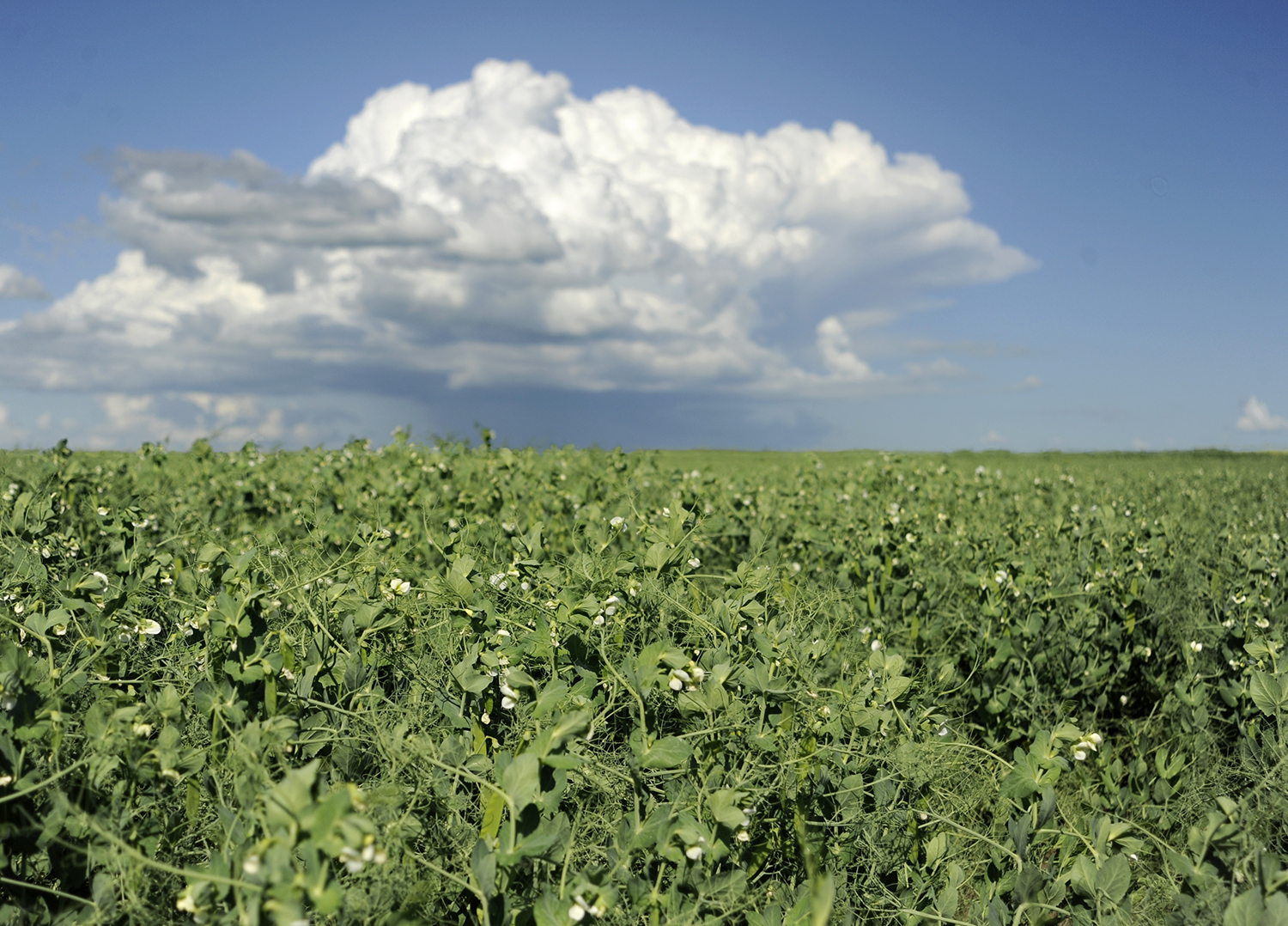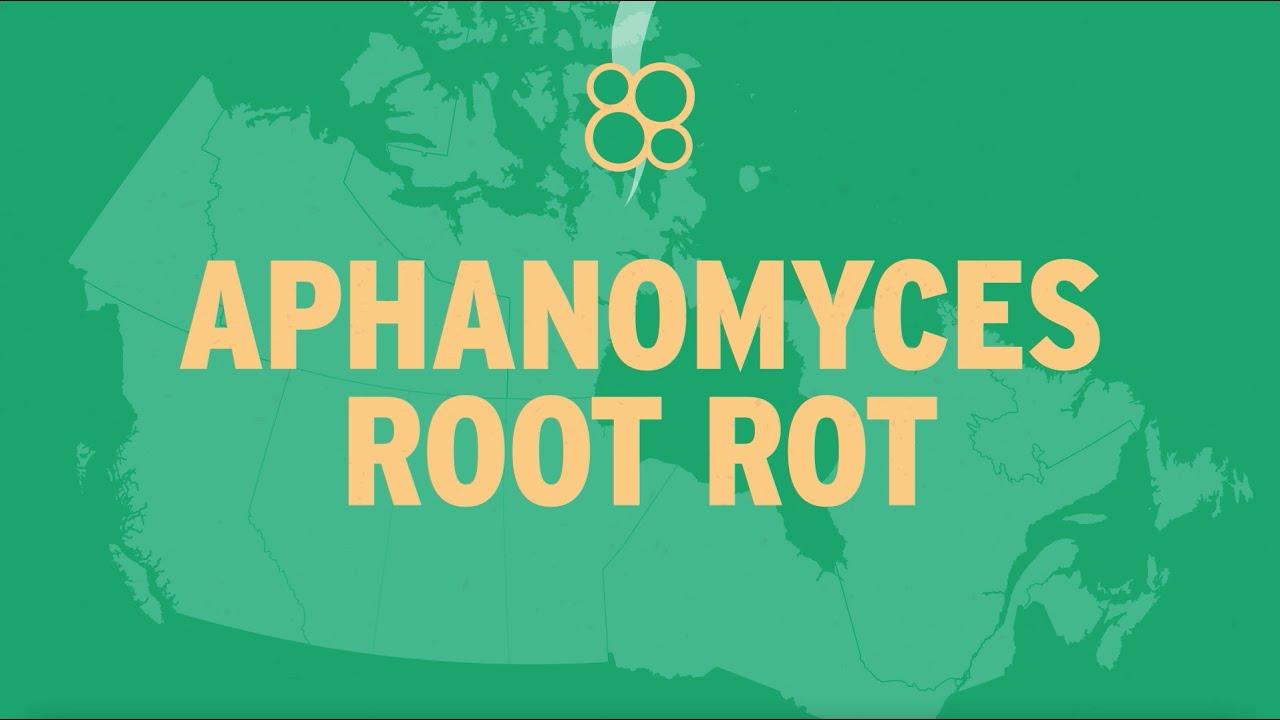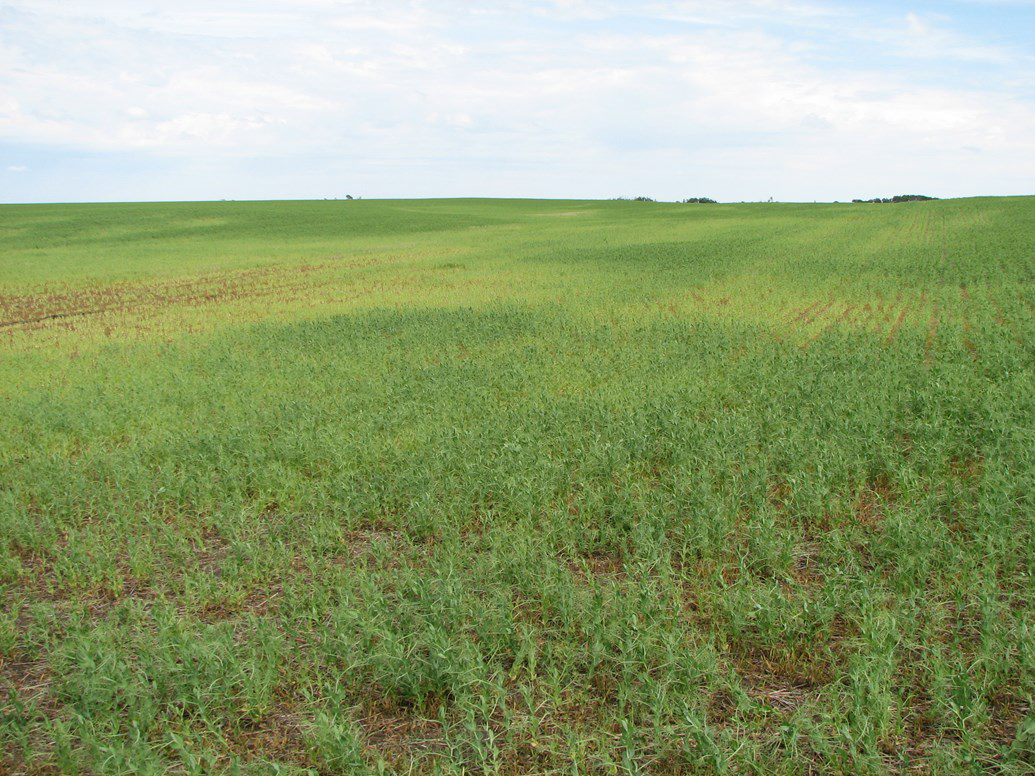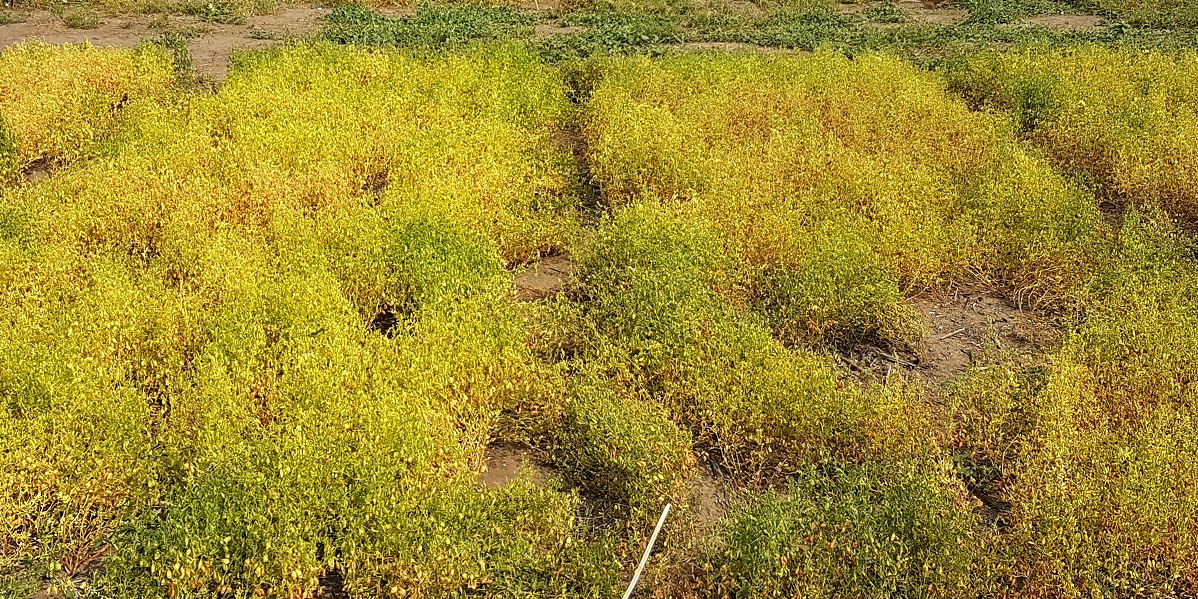By Noelle Chorney
The temptation may be strong to shorten your pea or lentil rotation after a dry year that showed little sign of root rot. Agronomists are warning that giving in to that temptation may cause far more long- term pain in managing Aphanomyces than any short-term gain.
“Unfortunately, the spores produced by this fungus are very, very resilient, so a year of drought will not make a big dent in the number of viable spores in the soil of an infested field. They will sit there and wait out the drought, and when there is some moisture in the soil, and it doesn’t take much, and another pea or lentil crop is planted, they will revive and infect,” says Dr. Sabine Banniza, Professor of Plant Pathology at the University of Saskatchewan Crop Development Centre.
Dr. Syama Chatterton, Plant Pathologist at the Agriculture and Agri-Food Canada Lethbridge Research and Development Centre, says, “While Aphanomyces is still a relatively new pathogen in Saskatchewan fields, other areas in the world have had much longer and more devastating experience with it. There are some areas in the world that had to give up planting peas entirely because the pathogen counts in their fields and losses to root rot were too high.”
Pathogen numbers tend to increase in relation to the number of times peas or lentils have been planted in a field. Growing susceptible crops five times in the same field over a 20 year period can increase soil pathogen levels under the right conditions. Many farmers experienced this first in 2016 and again in 2020, where rain in June followed by a hot, dry summer caused dramatic yield reductions in infected fields. 2020’s growing season will have implications for pulse growers and the incidence of Aphanomyces root rot for years to come.
At this stage in our understanding of Aphanomyces root rot, it is important to understand that there are no in-crop management options for the disease. The best way to slow its spread and prevent outbreaks is by paying close attention to your previous crops and their growing environment, and by planning your rotations carefully.
The Four R’s of Root Rot Prevention
Keep these four practices top-of-mind when planning your pea and lentil crops for the prevention of Aphanomyces.
1. Record
It is important to record the state of your crops from year to year. Pay attention to signs of disease, such as stunted growth or yellowing in low-lying or damp areas. Know what year you last planted peas or lentils and what the environment was like at that time. Years of above-average moisture tend to increase outbreaks and spread of the disease. The pathogen’s spores need moisture to move through the soil, but they can lie dormant, waiting for ideal conditions for years.
Check and test your roots and look for signs of root rot in your fields.
2. Reduce
If your soil test results come back positive, do not plant peas or lentils in that field. Depending on the level of pathogens in the field, it may take at least six and up to ten years or more to reduce spore counts. During that time, it is important to keep the field clean of weeds, since several common weeds such as shepherd’s purse, chickweed, and vetches can be vectors for the disease.
Aphanomyces begins to impact the health of plants at a level of 100 oospores per gram of soil. High oospore levels can take more than ten years to get to levels that no longer cause outbreaks of root rot.
3. Revisit
If your field has shown signs of root rot, it is important to test the soil using either a soil bait test or a DNA test. DNA tests are fast, affordable and usually accurate, although in dry conditions, it may return a false negative when the pathogen is actually present.
Your rotation plan may need to be revisited depending on when you last grew a susceptible crop, and also the soil moisture levels during the years between your pea and lentil rotations. A small patch of root rot in a field under wet conditions can turn into an entire field infested in wet conditions in the next rotation. A severe outbreak will increase the risk of the situation worsening and require more years of having to avoid planting peas and lentils to get the problem under control.
4. Rotation, Rotation, Rotation
It can be difficult to give up the agronomic benefits and economic potential of high value pulse crops like peas and lentils. It has already been established that diverse rotations improve soil health, and good soil health is good protection against soil infestations and disease.
Research is underway on several solutions to the Aphanomyces problem, including developing new partially resistant varieties and studying the potential of specific crops in rotation that could reduce oospore counts. Mustard and oats have shown promise in having bio- fumigant properties during greenhouse trials, but field trials haven’t yet proven them.
Some pulses such as chickpeas, soybeans, and faba beans have proven resistant to Aphanomyces, and chickpeas may even serve as a lure crop that activates oospores but does not have the qualities the pathogen needs to reproduce. Consider rotating in other resistant pulse crops to gain the agronomic benefits of pulses without the risk of persistent root rot.
Other pulses such as alfalfa and dry beans, as well as several weed species like chickweed and vetches, can serve as hosts to Aphanomyces. It’s important to keep a weed-free field regardless of the crops in rotation in order to reduce Aphanomyces. Cereals can also cause issues, since they are also susceptible to Fusarium. The presence of Fusarium in soils can cause crops to suffer more from Aphanomyces root rot. Take the long view on Aphanomyces. Get it under control through recording, reduction, revisiting, and rotation.
Take the long view on Aphanomyces. Get it under control through recording, reduction, revisiting, and rotation.




